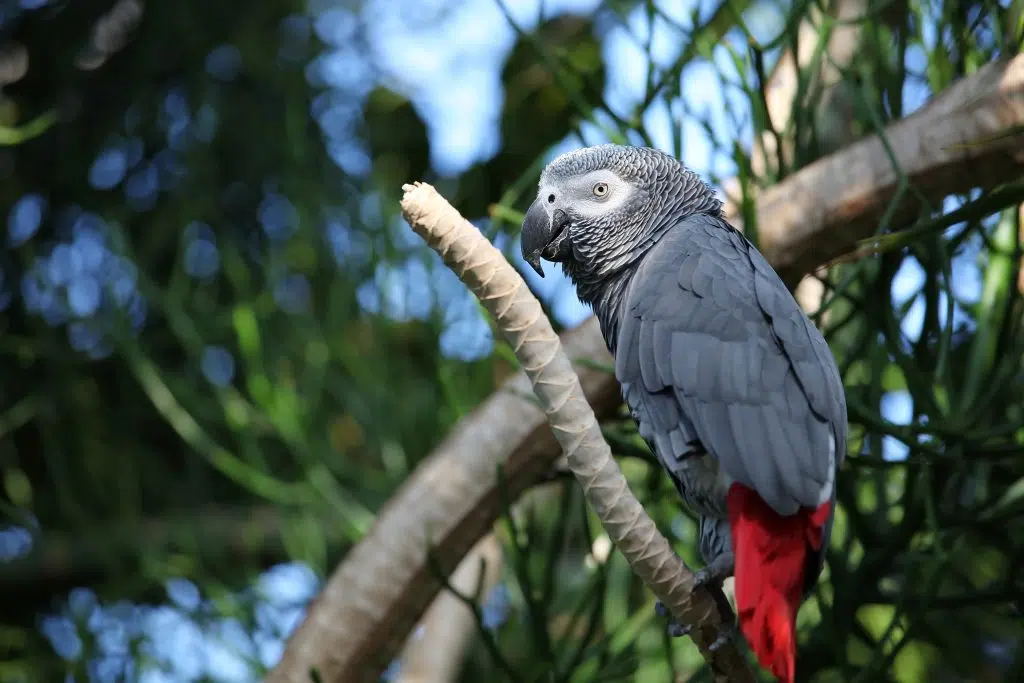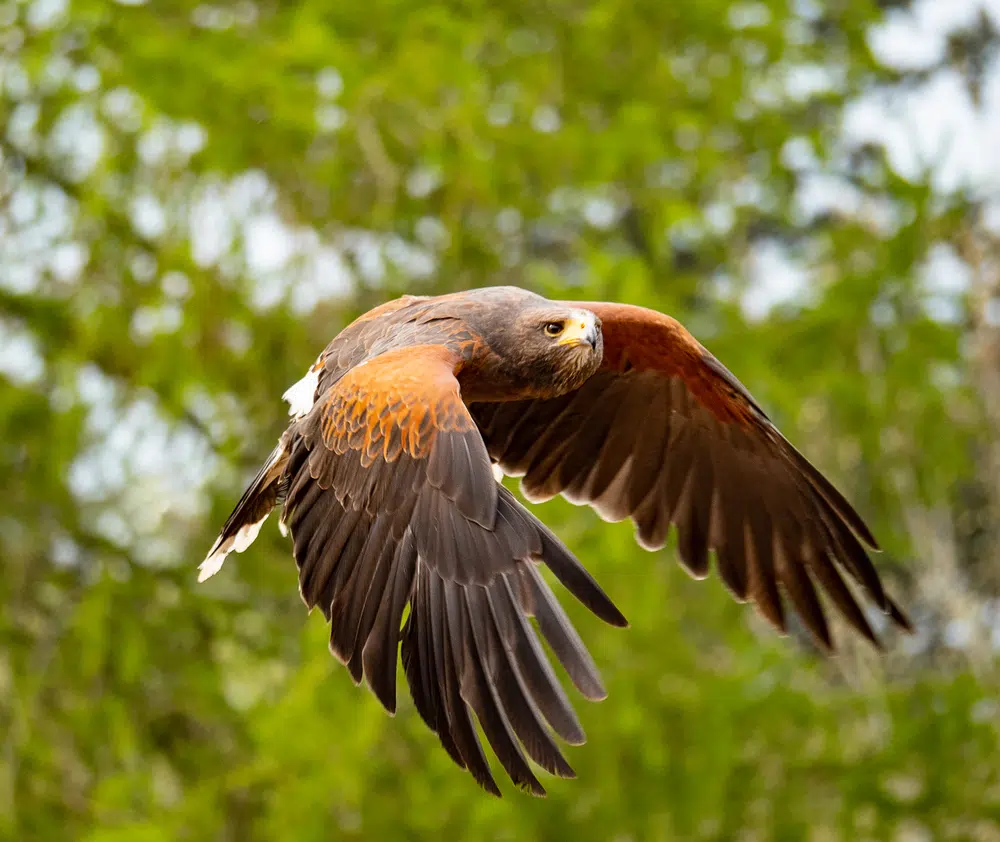Birds in trade – BirdLife scientists lead the first global overview

The global trade in wild birds poses severe threats to species survival, with many species nearing extinction due to unsustainable trapping. New research from BirdLife highlights the urgent need for stronger monitoring and regulation to curb illegal and dangerous practices.
By Dr Paul Donald
Wild birds are used by people for many purposes, including food, clothing, ornamentation, religious practices, sport, and, perhaps most prevalently, as pets. The trade that supplies this huge demand is recognised as a serious threat to the survival of many species; some species are now on the brink of extinction due to unsustainable numbers being trapped for trade each year.
The movement across international borders of large numbers of wild birds also poses wider environmental risks. For example, many populations of invasive and often problematic species, such as those of certain parrots and parakeets in parts of Europe and North America, owe their existence to wild-caught birds that have escaped or been released from international trade. There are human health issues too, as international trade can speed the spread of diseases that can jump to human populations; a plausible origin of the COVID-19 pandemic is that the disease spread to humans through trade in another group of flying animals, bats. And of course there is a major animal welfare issue too; we have all seen horrific photographs of birds packed tightly into tiny airless cages with little or no food and water. Many thousands die before they ever reach their intended destinations.

Unfortunately, the global trade that supplies the huge demand for wild-caught birds is poorly monitored and weakly regulated in many countries, and is often illegal and clandestine. This makes it very difficult to identify the most heavily or unsustainably traded species, and so to assess which species are at greatest threat from trade. BirdLife scientists have recently led a consortium of international experts to try to shine a spotlight on this murky world. Their results have recently been published in the esteemed journal Conservation Biology.
The researchers looked at a number of sources of data on birds in trade. Some of these covered international trade, some domestic; some covered legal trade, others illegal trade. The first thing the researchers wanted to know was whether all these different data sources were telling the same story; in other words, were the same species appearing consistently in different types of trade? What they found was a very strong pattern – species recorded in one data source were very much more likely to be recorded in other data sources. Furthermore, there was a strong relationship between how often a species was recorded in different data sources and the number of times it was recorded in each one. This allowed the researchers to produce a “trade prevalence index”, allowing us for the first time to compare trade pressure across all the world’s 11,000 species of birds.

What the researchers found was that around 45% of all bird species are traded to a greater or lesser extent, and that almost 10% of birds fall in the higher classes of trade pressure. Parrots, falcons, hawks, owls and hornbills were particularly likely to be traded. Although songbirds, which make up around 60% of all birds, had a rather low trade score when averaged across all species, half of all traded species are songbirds. Particularly high numbers of traded songbirds occur in South East Asia and across Eurasia. In contrast, the highest numbers of traded non-songbirds are found in South America, sub-Saharan Africa and the Indian subcontinent.
The primary policy mechanism to regulate international trade in threatened species is the Convention on International Trade in Endangered Species of Wild Fauna and Flora, better known as CITES. CITES lists species that are likely to be threatened by international trade in a number of Appendices, and subjects international trade in those species to certain controls. The analysis found that species listed in CITES appendices are much more likely to be recorded in both legal and illegal trade than species not listed, suggesting that the CITES appendices are effective in identifying the most heavily traded species. However, many species not currently listed in CITES appendices, particularly songbirds, were also found to be heavily traded, suggesting that these analyses could help identify potential future candidates for CITES listing. Work like this helps to focus and guide on-the-ground conservation work to reduce the worst impacts of trade on wild populations. BirdLife is already working through its global partnership to tackle trade around the world, particularly in southern Asia, South East Asia and South America.
